One of the greatest American novelists of all time, John Updike is remembered for his “Rabbit” series. Discover the best John Updike books in our guide.
John Hoyer Updike was a popular American novelist who wrote fiction focusing on life in the middle-class United States. Many of his books discussed small-town American issues, such as religious issues, infidelity, and family obligations. While Updike’s books heavily focused on Christian theology, he wasn’t overly religious, and people of many faiths have found that they can relate to his writing.
His prose style is known as dry and intelligent, and fans love his work for its ability to create something beautiful out of something simple. While the author passed away in 2009, his great short stories and novels still stand out today. Teachers and professors across the country regularly have students figuring out how to write an expository essay on Updike’s work. The short story writer and novelist was one of the greatest American writers ever to grace library shelves.
Want to explore getting money out of writing? Check out our guide to getting paid to write short stories. Discover tips, platforms, and strategies to turn your passion into profit. Start your journey to becoming a paid writer today, and don’t forget to share your success stories with our community!
Famous Books by John Updike
1. Rabbit, Run
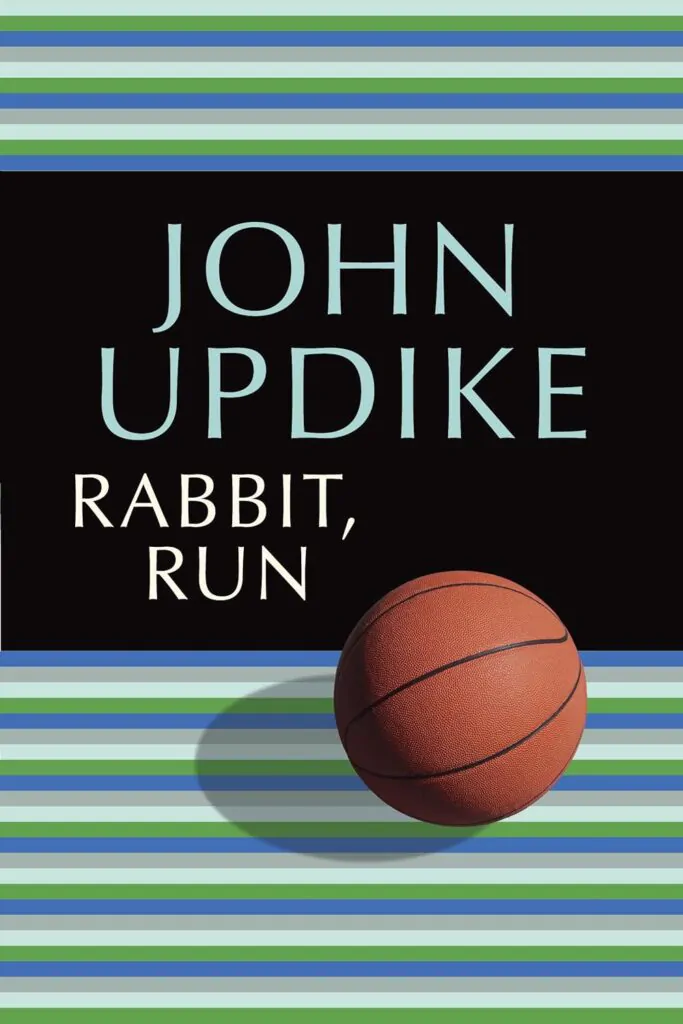
Published in 1960, the first book in the series that details the life of Harry Angstrom, Rabbit, Run explores how the life of a high school basketball star changes as he finds himself dissatisfied with life in his mid-20s. From a struggling marriage to an unfulfilling job, Rabbit must begin to make choices that will make or break the rest of his life.
If you like reading historical fiction books, you might want to check out our round-up of the best James Michener books! Dive into his epic tales that span generations and continents. Explore our list and start your next great adventure today!
“I once did something right. I played first-rate basketball. I really did. And after you’re first-rate at something, no matter what, it kind of takes the kick out of being second-rate.”
2. Rabbit Redux

In the first book of the Rabbit series, Rabbit Redux, Harry attempts to find happiness in the arms of another woman. In the second book in the series, Harry discovers his wife has also had an affair and struggles with how he’ll move forward. Published in 1971, this book explores how Rabbit deals with the questions life bring as he approaches the fourth decade of his life.
“We were all brought up to want things and maybe the world isn’t big enough for all that wanting. I don’t know. I don’t know anything.”
3. Rabbit Is Rich

Following suit with the rest of the Rabbit series, Rabbit Is Rich was published in 1981. Rabbit enjoys financial well-being in this part of the series as his job at a Toyota agency has begun to take off. Characters from the first two books reappear in the third installment of the series, allowing readers to get to know parts of Rabbit’s younger life on a deeper level. In this part of the series, readers learn how the events of the late 70s and early 80s–including a flailing economy–affect the Angstrom family.
“You have a life and there are these volumes on either side that go unvisited; some day soon as the world winds he will lie beneath what he now stands on, dead as those insects whose sound he no longer hears, and the grass will go on growing, wild and blind.”
4. Rabbit at Rest

Published in 1990, Rabbit at Rest takes readers through Angstrom’s continued heart troubles and issues he’s beginning to notice in his children, such as concerning impulsive behavior from his son, Nelson. Readers also learn more about the ups and downs of Rabbit’s marriage with his wife as she enters the workforce for the first time. Finally, Rabbit struggles through middle-age life in the fourth installment of the series, trying to search for meaning in his life.
“Ever since his heart attack there is a gnawing in his stomach whose cause he can’t locate until he realizes it is the terror of being trapped inside his perishing body, like being in a prison cell with a madman who might decide to kill him at any moment.”
5. Rabbit Remembered
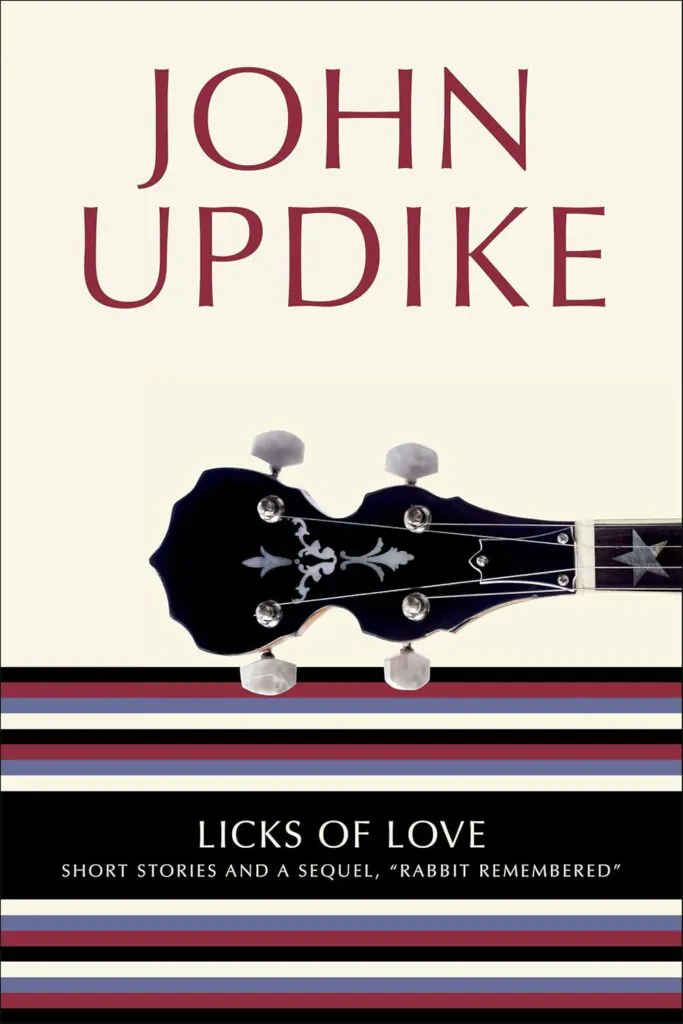
This 2001 novella, Rabbit Remembered, offered Rabbit fans a chance at closure with their beloved protagonist. Readers are stunned to find that although Rabbit has passed away, his widow, Janice, is faced with how to handle the arrival of Annabelle, Rabbit’s 39-year-old daughter, who was the result of an affair. Returning to Brewer, Rabbit’s Pennsylvania hometown, and revisiting familiar characters provides a sense of nostalgia and familiarity to those who grew up with Rabbit.
“Part of being human is being on the verge of disgrace.”
6. Couples
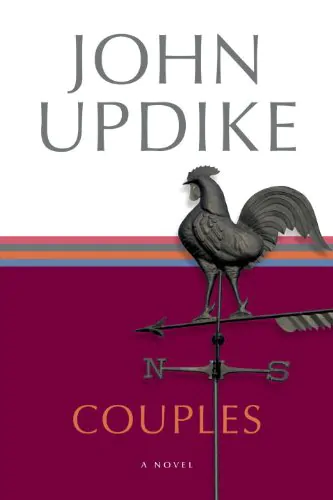
Updike is known for his take on small-town American life, especially in discussing the drama that often occurs secretly within family units. In Couples, Updike details problems behind closed doors, showing readers accounts of what it takes for couples to break up or stay together. Published in 1968, this book is regarded by many as ahead of its time with its frank discussion of sexuality.
“In her rare moods of liberation she held for him the danger that she would disclose great riches within herself, showing him the depths of loss frozen over by their marriage.”
7. The Centaur

Published in 1962, rife with Greek mythology symbolism, The Centaur details the relationship between a science teacher and his son. Many readers identify with Peter, the science teacher’s son, as he can articulate his feelings to his father, who cannot do the same. The Centaur won the National Book Award and was heralded as a “brilliant account of a conflict in gifts.”
“The brontosaurus had thirty-ton body and a two-ounce brain. The anatosaurus had two thousand teeth. Triceratops had a helmet of filled bone seven feet long. Tyrannosaurus rex had tiny arms and teeth like six-inch razors and it was elected President.”
8. Brazil

Published in 1994, Brazil details the fateful meeting of two young lovers on Copacabana Beach. Tristao and Isabel meet in Brazil, fall in love, get married, and begin making their way to the country’s western frontier. The book spans more than two decades of their lives together, allowing readers to get to know the two characters and watch how their love for one another grows over time.
“We are fated to love one another; we hardly exist outside our love, we are just animals without it, with a birth and a death and constant fear between. Our love has lifted us up, out of the dreadfulness of merely living.”
9. Gertrude and Claudius

Gertrude and Claudius designed as a prequel to Shakespeare’s Hamlet, Updike takes the two characters who would eventually go on to kill Hamlet’s father and humanizes the pair. Updike successfully made light of a terribly dark couple and changed the two from hated villains into a beloved pair who a depressed prince constantly overshadowed. The novel was published in 2000 and was widely celebrated by critics and readers alike.
“Being in the chapel frightened her, as if her young body were a sin, to be avenged some day, pierced from underneath even as she sipped the rasping wine, the caustic blood of Christ, from the jewel-beknobbed chalice. The chill, the Latin, the fusty smells made her feel accused; her natural warmth felt chastened.”
10. The Witches of Eastwick
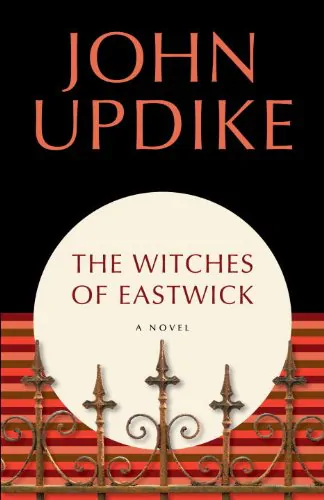
The Witches of Eastwick, published in 1984, this fun, fresh take on the occult follows the stories of Sukie, Jane, and Alexandra as they manage to summon weather, float on thin air, and change physical objects into something new. The trio manages their day jobs with witchcraft in ways that make readers giggle, and the book cements Updike as a humorist and serious novelist.
“Wickedness was like food: once you got started it was hard to stop; the gut expanded to take in more and more.”
11. Pigeon Feathers
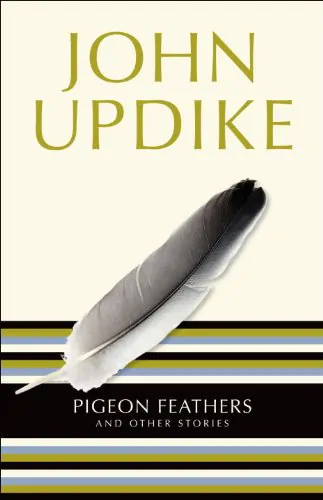
A part of Updike’s 1962 collection of short stories, Pigeon Feathers shows the author’s penchant for romance and discusses different types of love, from parental to romantic. In addition, the short stories showed Updike’s maturation as an author and allowed readers to see that he could do more than write about life as a former high school basketball star.
You might be interested in exploring fiction books, such as discovering the best William Faulkner novel. Delve into the rich, complex narratives and unforgettable characters that have made Faulkner a literary legend. Follow us for more literary insights and join our community of book lovers today!
“What is the past, after all, but a vast sheet of darkness in which a few moments, pricked apparently at random, shine?”
12. Marry Me
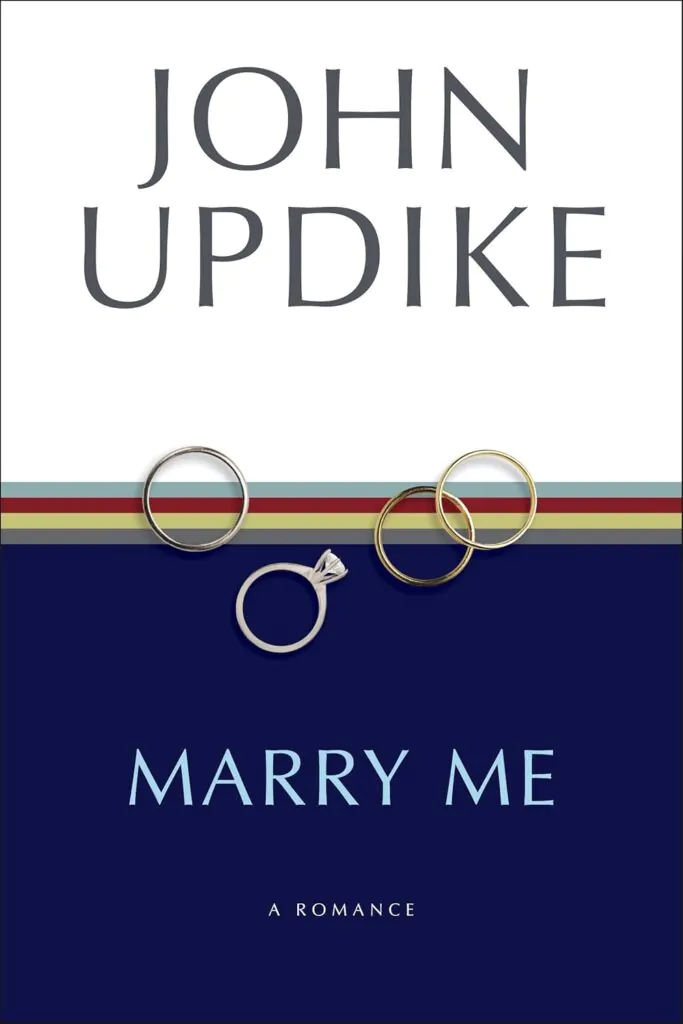
Updike’s 1962 romance story, Marry me, was heralded by Newsweek as his “best novel yet,” and readers agreed that his take on infidelity in suburbia provided a fresh and witty perspective on the truth in some relationships. In addition, readers love the way Updike brings the story full-circle in its final moments.
Looking for more books to add to your reading list? Check out our round-up of the best Agatha Christie books! Dive into these thrilling mysteries, and don’t forget to share your favorites with fellow fans.
“Since the start of their affair he was always running, hurrying, creating time where no time had been needed before; he had become an athlete of the clock, bending odd hours into an unprecedented and unsuspected second life. He had given up smoking; he wanted his kisses to taste clean.”
FAQs About The Best John Updike Books
How many Pulitzer Prizes did John Updike get?
It’s hard to say which is the best John Updike book, as the author was awarded two Pulitzer prizes and is only the third American in Pulitzer Prize history to win more than once. His awards in 1982 and 1991 were both for work included in his Rabbit series.
Did John Updike win a Nobel Prize?
A common misconception, John Updike did not ever win a Nobel Prize. Instead, his Bech at Bey character, Harry Bech, was awarded a Nobel Prize, leaving many Updike fans confused about whether the author himself was ever awarded such an honor. Updike did, however, win two Pulitzer Prizes.
What is the Rabbit series by John Updike?
The Rabbit series entails four novels and one novella, each detailing the life of Harry “Rabbit” Angstrom. Each of the four books–Rabbit, Run, Rabbit Redux, Rabbit Is Rich, and Rabbit at Rest–and the novella, Rabbit Remembered–take place at the end of a decade.